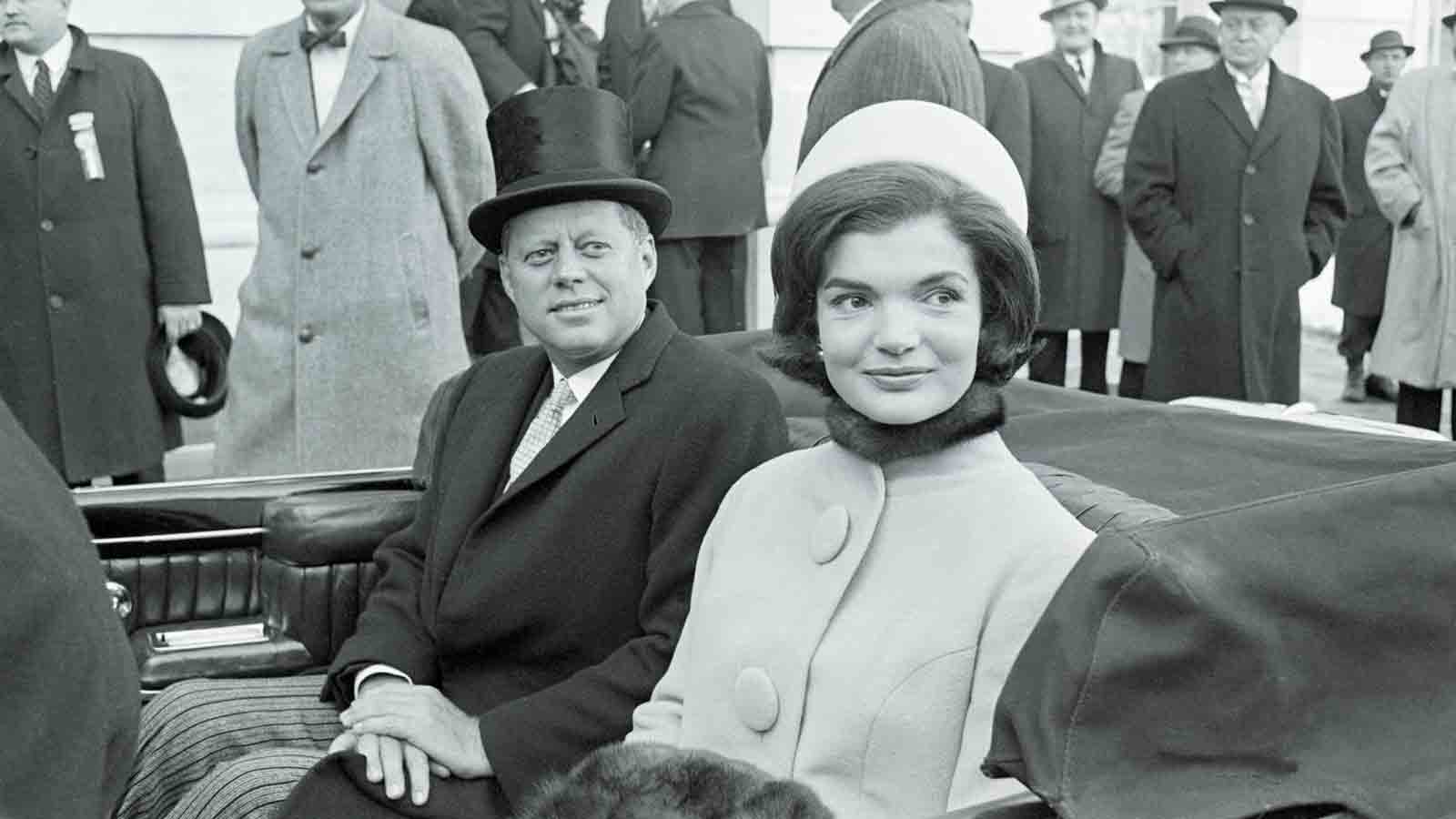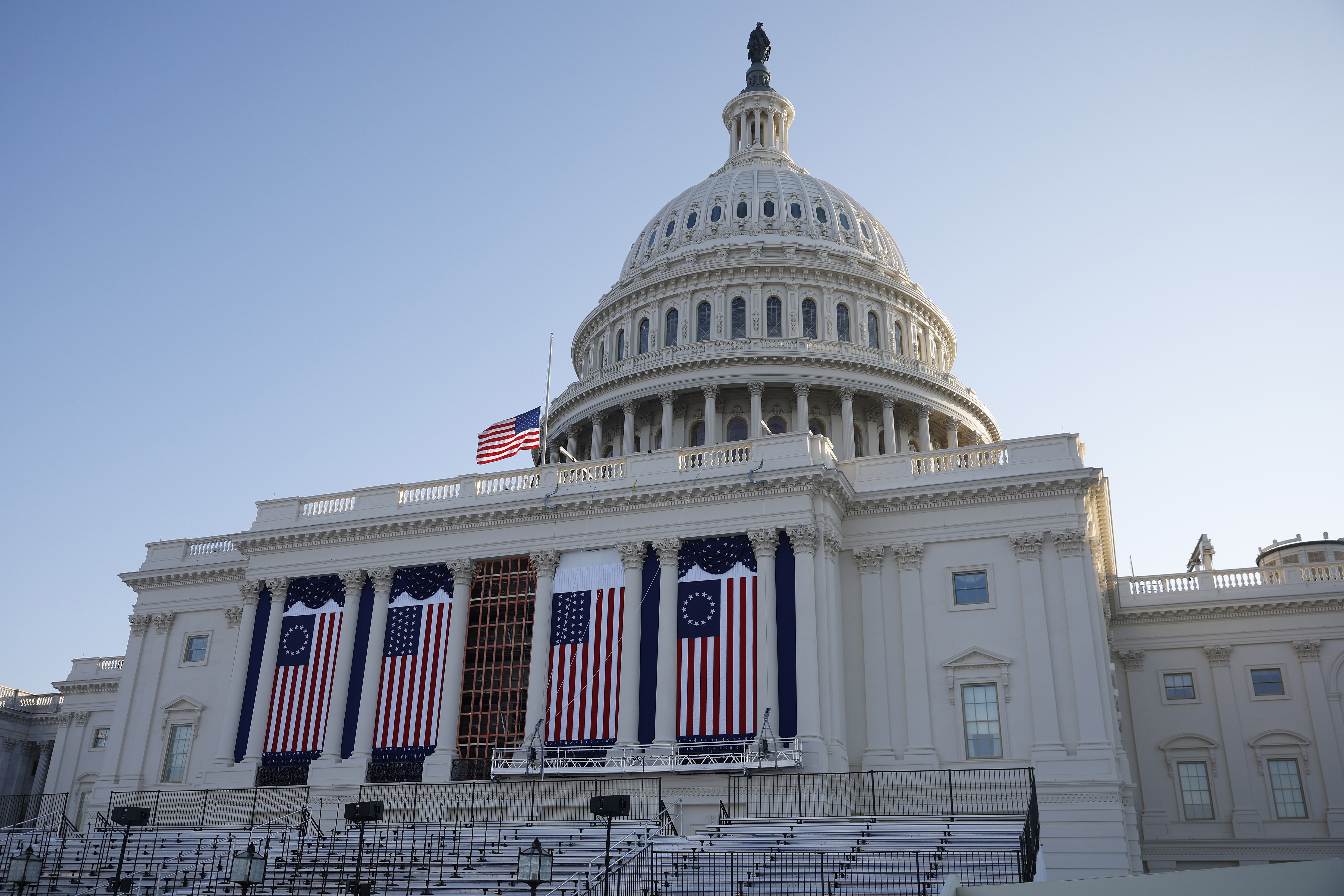This afternoon, President Donald Trump gave his second inaugural address to the nation. Although presidential addresses have been customary since George Washington's first inauguration in 1789, the content of those speeches has changed over time.
NBC's analysis of past inauguration speeches shows they have generally become simpler, with a vital theme emerging in recent years: unity among Americans.
Watch NBC 5 free wherever you are
Inaugural addresses have long served to unite the country under a new president. At the fourth presidential inauguration in 1801, Thomas Jefferson said, "Let us, then, fellow-citizens, unite with one heart and one mind."
Data show that recent presidents especially have started their terms with unifying language. Words like "together," "us," "America," and "Americans" have all made significant appearances in inaugural addresses since the 1960s.
Get top local stories in DFW delivered to you every morning with NBC DFW's News Headlines newsletter.
In fact, "us" was the number-one most used word in four out of seven of the last presidential addresses. In the midst of a divisive political atmosphere, presidents aim to bring Americans together as they enter their terms.
At Former President Joe Biden's inauguration in 2021, he said, "Today, on this January day, my whole soul is in this: bringing America together, uniting our people, uniting our Nation."
President Trump's speech today, as well as his address in 2017, were not among recent speeches in which "us" was the most commonly used word. Both speeches featured other top words similar to recent presidents, such as "nation," "country" and "America," but Trump's use of words related to unity dipped below recent presidents.
Although unity may not have been the overwhelming theme of Trump's speech, he did refer to it on some level. He said, "National unity is now returning to America, and confidence and pride is soaring like never before."
As recent presidents have attempted to connect with Americans across the political spectrum, they have expanded their audiences by simplifying their language.
Presidents today address the nation with more, but shorter, sentences. Average sentence length has dropped from about 60 words per sentence in early speeches, to just 16 words per sentence today.
The first few inaugural addresses also used complex, archaic language. Presidents in the 1700s averaged a 25th-grade reading level in their inauguration speeches, well above the level of a college graduate.
In the 21st century, presidents have recited inaugural addresses at a 10th-grade reading level, on average. Although President Trump defied the norm this afternoon.
Trump delivered an address at a 13th-grade level, the highest of any president since Richard Nixon's second address in 1973. Trump used a greater number of unique words, with more syllables, and spoke in longer sentences than other recent presidents.
Recent speeches may be more comprehensible for some Americans, as 21% of U.S. adults have low literacy skills, according to the National Center for Education Statistics. As language becomes more succinct with time, recent presidents may be more successful in reaching, and uniting, a wide audience of Americans as they speak in simpler terms.
Methodology
Presidential inaugural addresses were collected from The American Presidency Project. Speeches were processed in python using natural language processing libraries.
For grade level analysis, speeches were broken down into words and sentences, each of which were counted and plugged into the Flesch-Kincaid grade level formula. Syllables were counted using the python syllables library.
To analyze word frequency, the NLTK library was used to break speeches down into individual words. NLTK's set of English stop words, comprised of common words like "is," "a," "the," etc., were removed from the sample. Each word was converted to its root form, or lemmatized. From these lemmatized words, the top ten words per speech were collected as a sample of common words used in presidential addresses. The proportion of each of these words per speech was taken as how many times that word occurred, divided by the total number of words in the speech.



